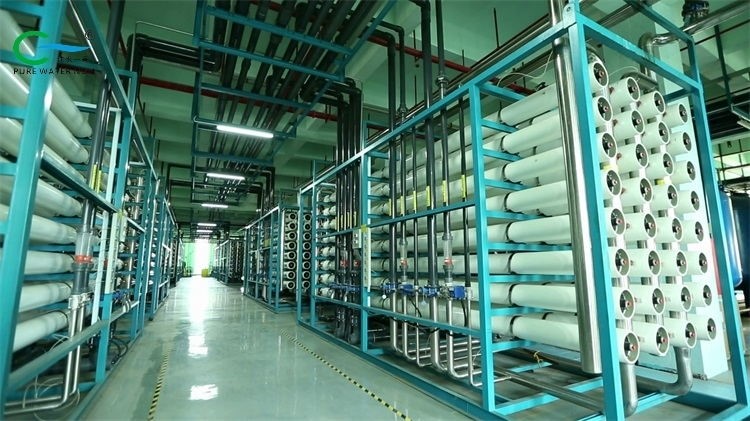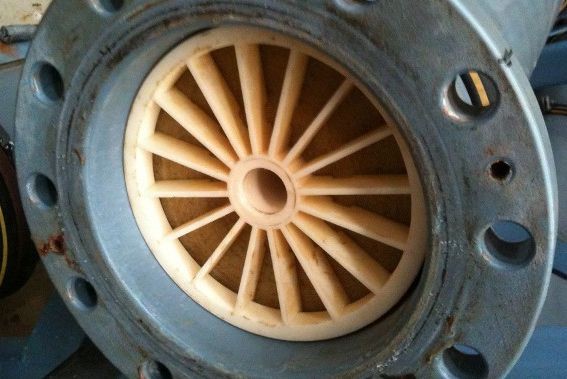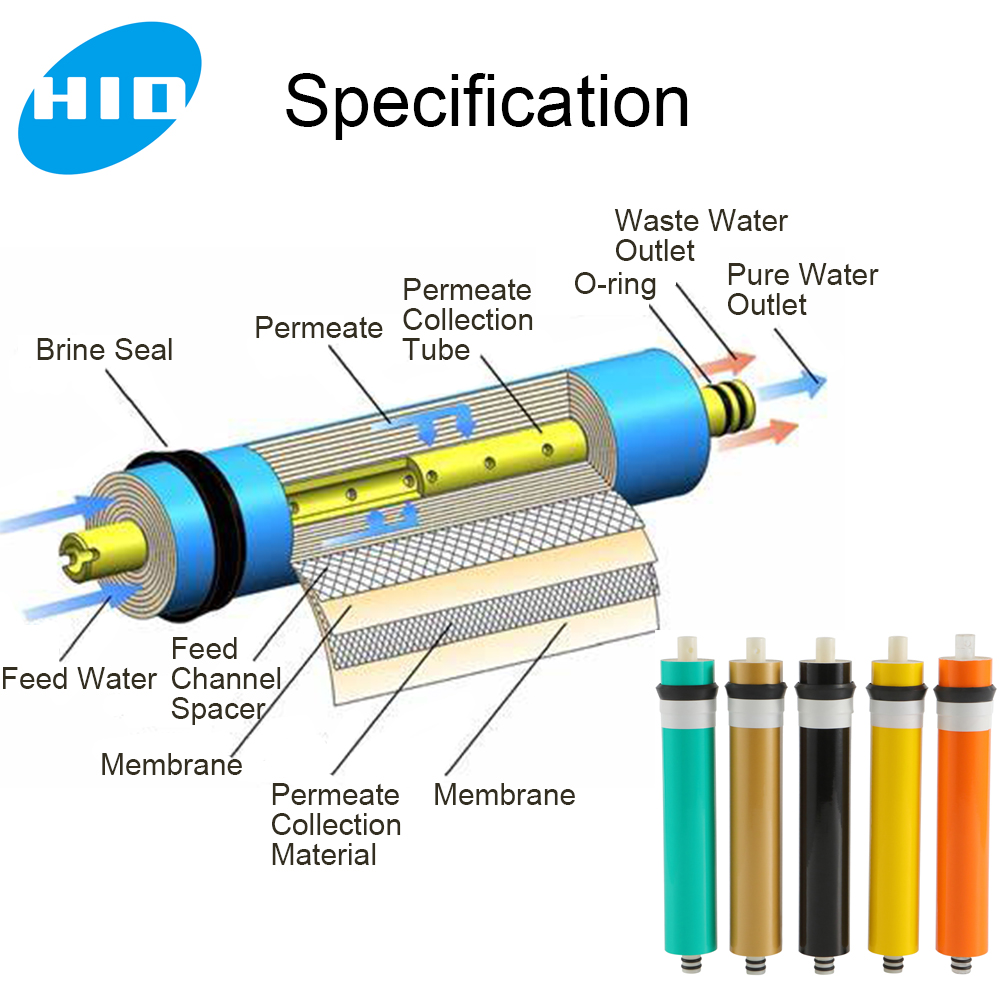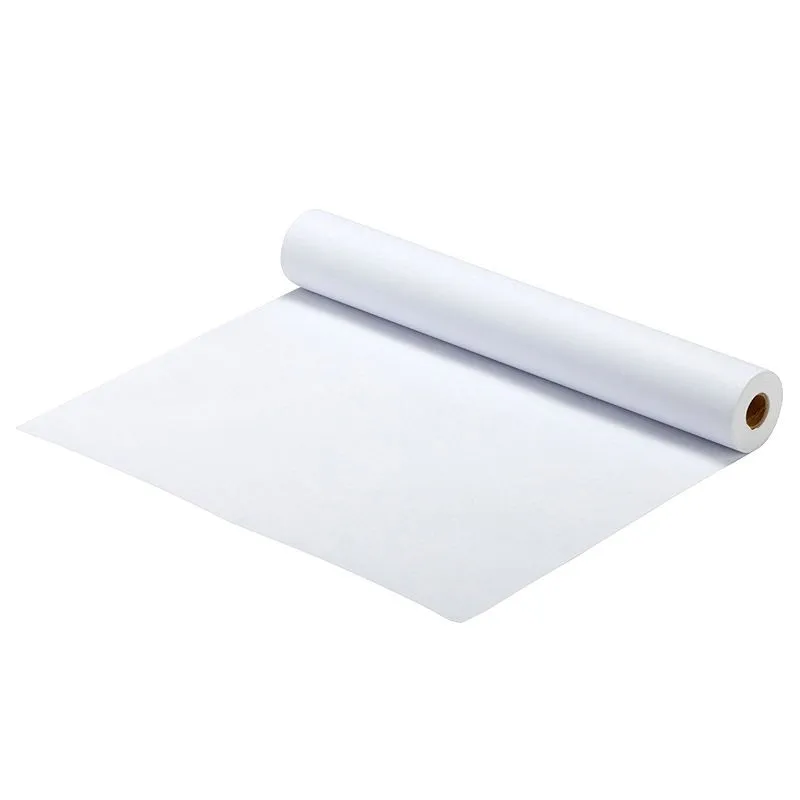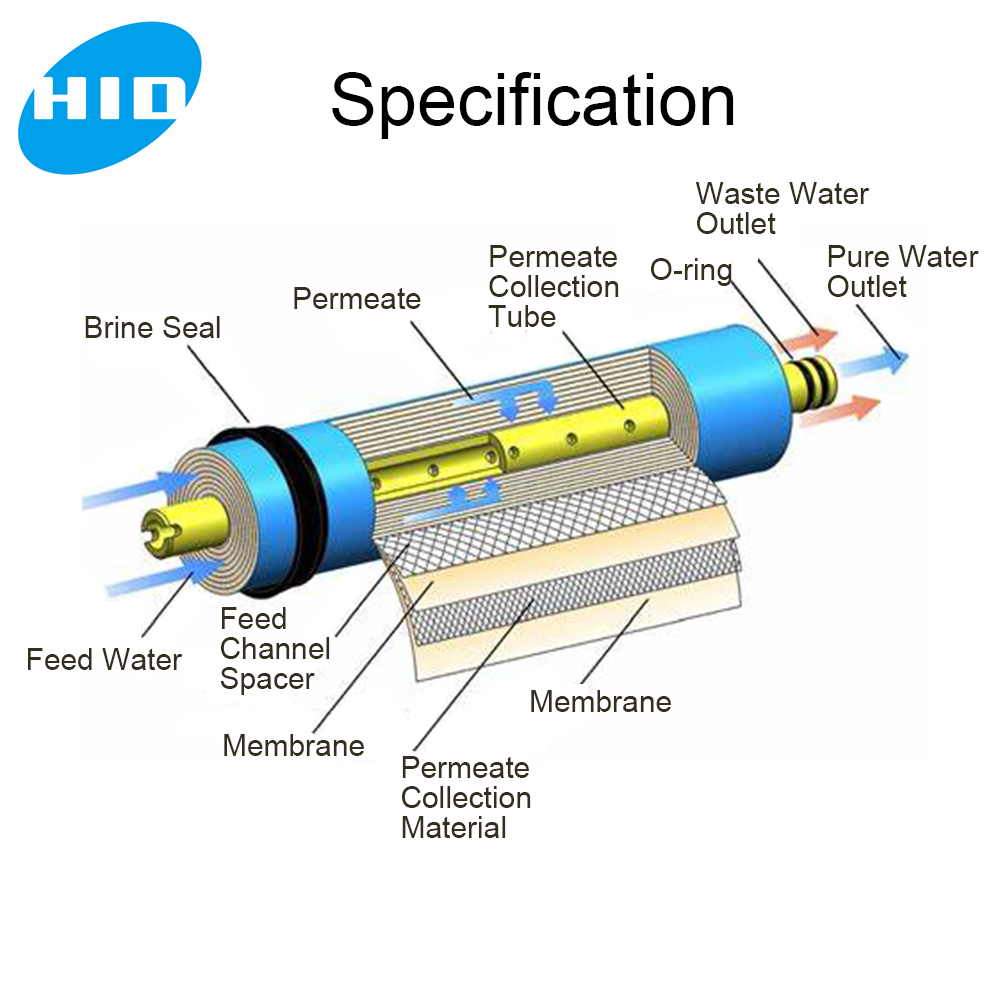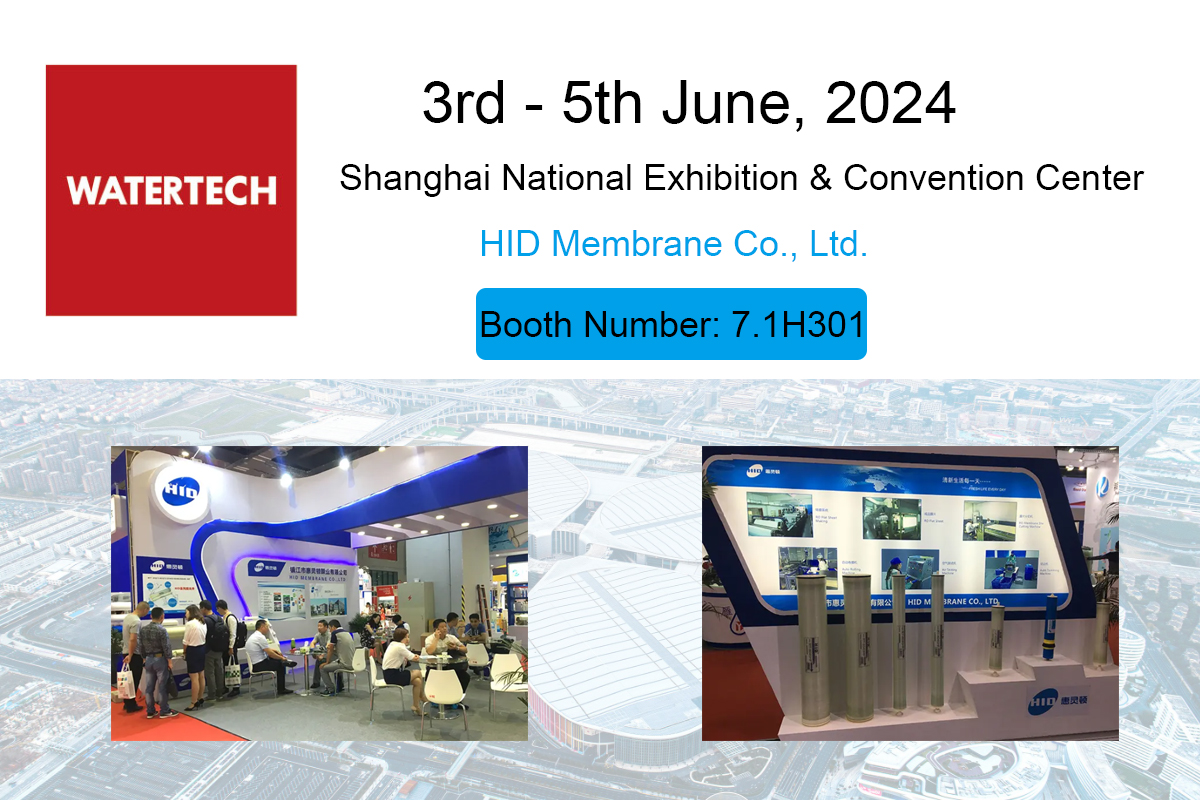25 common solutions of reverse osmosis membrane technology problem (Part 1)
In general, when the standardized flux decreases by 10-15%, or the desalination rate of the system decreases by 10-15%, or the operating pressure and inter section pressure difference increase by 10-15%, the RO system should be cleaned. The cleaning frequency is directly related to the degree of system pretreatment. When SDI15<3, the cleaning frequency may be 4 times a year; When SDI15 is around 5, the cleaning frequency may need to be doubled, but the cleaning frequency depends on the actual situation at each project site.
1.How often should the reverse osmosis system be cleaned?
In general, when the standardized flux decreases by 10-15%, or the desalination rate of the system decreases by 10-15%, or the operating pressure and inter section pressure difference increase by 10-15%, the RO system should be cleaned. The cleaning frequency is directly related to the degree of system pretreatment. When SDI15<3, the cleaning frequency may be 4 times a year; When SDI15 is around 5, the cleaning frequency may need to be doubled, but the cleaning frequency depends on the actual situation at each project site.
2.What is SDI?
The best effective technique for evaluating colloid pollution in the inflow of RO/NF systems is currently to measure the sedimentation density index (SDI) of the inflow, which is an important parameter that must be determined before RO design. During the operation of RO/NF, regular measurements must be taken (2-3 times a day for surface water). ASTM D4189-82 specifies the standard for this test. The inlet water requirement for the membrane system is that the SDI15 value must be ≤ 5. Effective technologies for reducing SDI pretreatment include multimedia filters, ultrafiltration, microfiltration, etc. Adding a polymeric dielectric before filtration can sometimes enhance the aforementioned physical filtration and reduce the SDI value.
3.Should reverse osmosis process or ion exchange process be used for general inflow?
Under many inflow conditions, the use of ion exchange resin or reverse osmosis is technically feasible, and the choice of process should be determined by economic comparison. Generally, the higher the salt content, the more economical reverse osmosis is, while the lower the salt content, the more economical ion exchange is. Due to the widespread use of reverse osmosis technology, the combination of reverse osmosis+ion exchange process or multi-stage reverse osmosis or reverse osmosis+other deep desalination technologies has become a recognized technology and more economically reasonable water treatment solution. If you need further understanding, please consult a representative of a water treatment engineering company. How many years can reverse osmosis membrane components generally be used? The service life of a membrane depends on its chemical stability, physical stability of components, washability, inlet water source, pre-treatment, cleaning frequency, and operational management level. According to economic analysis, it is usually more than 5 years.
How many years can reverse osmosis membrane components generally be used?
The service life of a membrane depends on its chemical stability, physical stability of components, washability, inlet water source, pre-treatment, cleaning frequency, and operational management level. According to economic analysis, it is usually more than 5 years.
4.What is the difference between reverse osmosis and nanofiltration?
Nanofiltration is a membrane liquid separation technology located between reverse osmosis and ultrafiltration. Reverse osmosis can remove the smallest solute with a molecular weight less than 0.0001 micrometers, while nanofiltration can remove solutes with a molecular weight of around 0.001 micrometers. Nanofiltration is essentially a type of low-pressure reverse osmosis, used in situations where the purity of treated water is not particularly strict. Nanofiltration is suitable for treating well water and surface water. Nanofiltration is suitable for water treatment systems that do not require high desalination rates like reverse osmosis, but have a high ability to remove hardness components, sometimes referred to as "softening membranes." Nanofiltration systems have low operating pressure and lower energy consumption than their corresponding reverse osmosis systems.
5.What is the separation ability of membrane technology?
Reverse osmosis is currently the most precise liquid filtration technology. Reverse osmosis membranes retain inorganic molecules such as soluble salts and organic substances with a molecular weight greater than 100. On the other hand, water molecules can freely pass through reverse osmosis membranes, and the typical removal rate of soluble salts is>95-99%. The operating pressure ranges from 7 bar (100 psi) for brackish water to 69 bar (1000 psi) for seawater. Nanofiltration can remove impurities in particles at 1nm (10A) and organic matter with a molecular weight greater than 200-400. The removal rate of soluble solids is 20-98%. The removal rate of salts containing monovalent anions (such as NaCl or CaCl2) is 20-80%, while salts containing divalent anions (such as MgSO4) have a higher removal rate of 90-98%. Ultrafiltration has a separation effect on macromolecules larger than 100-1000 angstroms (0.01-0.1 micrometers). All soluble salts and small molecules can pass through ultrafiltration membranes, and the substances that can be removed include colloids, proteins, microorganisms, and macromolecular organic matter. The retention molecular weight of most ultrafiltration membranes ranges from 1000 to 100000. The range of particle removal by microfiltration is about 0.1-1 micrometers. Generally, suspended solids and large particle colloids can be intercepted to form large molecules and soluble salts.

